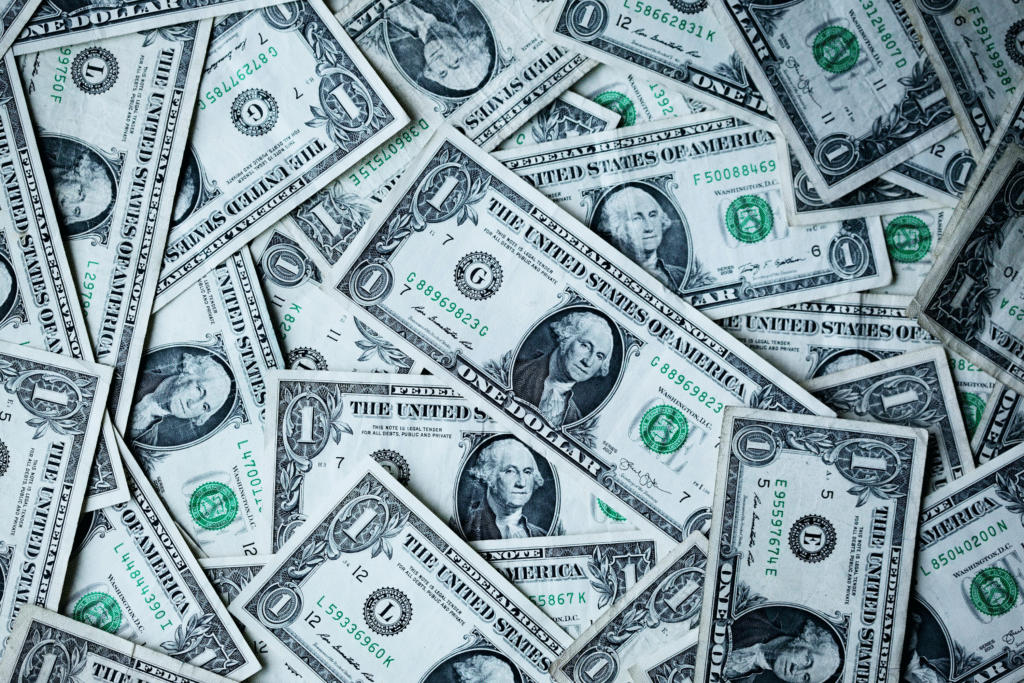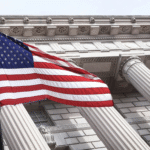A new study by Standard Chartered Bank suggests that central banks, which manage massive foreign exchange reserves, react to changes in the U.S. dollar’s value instead of causing them. The report highlights how private investors play a bigger role in shaping the dollar’s direction, making central banks more like followers than drivers.
The U.S. dollar, often called the “world’s currency,” has long been seen as the safest and most trusted form of money across the globe. Central banks around the world hold trillions of dollars in their reserves, and their actions are believed to influence how strong or weak the dollar becomes. However, a recent report by Standard Chartered tells a slightly different story. It suggests that these central banks are not the main reason the dollar’s value changes — instead, they respond to what’s already happening in the market.
According to Standard Chartered, the pattern shows that central banks tend to buy dollars when its value drops and sell when it goes up. This means they are reacting to the dollar’s movements rather than controlling them. The report points out that private investors, who buy and sell huge amounts of dollars every day for business, investment, or trade, have a much stronger influence on how the currency moves.
This finding challenges the long-standing belief that reserve managers — the people responsible for handling a country’s foreign currency stockpile — are the main drivers of the dollar’s ups and downs. It also sheds light on how global financial behavior has changed over the years.
For decades, the U.S. dollar has held a special place in the world economy. When times are uncertain or when markets are unstable, investors and governments turn to the dollar as a “safe haven.” This trust has helped keep the dollar strong and stable even during crises. But Standard Chartered’s study suggests that the situation might be shifting.

The report highlighted how, in 17 out of the last 20 quarters, the amount of U.S. dollar reserves held by central banks and the value of the dollar have moved in opposite directions. This means when the dollar’s value dropped, the reserves increased — and when it rose, the reserves went down. Such a trend shows that central banks buy more dollars when it is weak and sell when it gets stronger.
The data becomes even more interesting when looking at specific time periods. For example, in one quarter, the dollar fell by about 6.6% after a series of U.S. government trade announcements caused uncertainty in global markets. Despite the fall, global dollar reserves actually increased by around $50 billion. This indicates that central banks were not the cause of the fall — instead, they reacted to it, taking the opportunity to buy dollars when it became cheaper.
“This suggests that private-sector buying has driven USD, and reserve managers have been reactive,” said Steve Englander, the bank’s global head of G10 foreign exchange research.
Englander explained that central banks might be trying to balance two important goals — keeping their currencies competitive in global trade and managing their investment portfolios wisely. “If the private sector is a net seller of USD, it is hard to see reserve managers piling on and really sinking the USD,” he wrote. “On the other hand, when the private sector is buying USD, reserve managers take advantage to shrink their exposure, while avoiding selling if it looks as if their selling will heighten a competitiveness shock.”
In simpler words, when private investors start selling dollars, central banks don’t want to sell too because that could make the dollar drop even further. And when private investors start buying, central banks use that moment to sell some of their holdings — but carefully, so that their actions don’t create any big disturbance.
Englander also pointed out that the size of the private sector’s influence in the market has become much larger compared to that of central banks. With so many private companies, investment funds, and individuals trading currencies every second, the total flow of dollars handled by them easily outweighs what reserve managers do. As a result, even if central banks try to push the dollar in a certain direction, the power of the private market often overcomes their actions.
This discovery changes the way economists and investors understand global money flows. It shows that the world’s financial system has become more market-driven and less government-controlled. In other words, it’s now more about what investors and traders believe, and less about what policymakers decide.
Over the past few years, global politics and trade tensions have also added new layers of uncertainty to the dollar’s path. Events like the trade disputes between the United States and some of its allies have made the dollar’s position as the world’s top currency come under discussion. Even though it still remains the most widely used and trusted currency, the gap between the influence of central banks and private investors seems to be growing.
The Standard Chartered report subtly raises a larger question — if central banks are only reacting to the dollar’s moves, does that mean their power to stabilize global markets is weakening? Many experts believe that as global trade and finance continue to grow in complexity, private money flows will keep getting stronger. This doesn’t mean central banks have lost importance, but rather that they must now adapt to a faster and more unpredictable financial environment.
The research also emphasizes the importance of timing and strategy in managing foreign exchange reserves. Since the dollar’s movements are largely driven by private sector behavior, reserve managers need to be smart about when they buy or sell. A wrong move could affect their country’s economic stability or trade competitiveness.
In the end, Standard Chartered’s findings reveal that the dollar’s story is no longer only about central banks making big decisions behind closed doors. Instead, it’s also about millions of investors across the world making smaller decisions that, together, move the market in big ways. The report reminds us that the financial world is deeply connected — what one part does quickly affects the other.
Despite these changes, the U.S. dollar still stands tall as the most powerful currency on the planet. Its role in global trade, investment, and reserves remains unmatched. But as this study shows, it’s not the decisions of governments alone that shape its fate — it’s also the actions and confidence of the people and companies that use it every single day.


